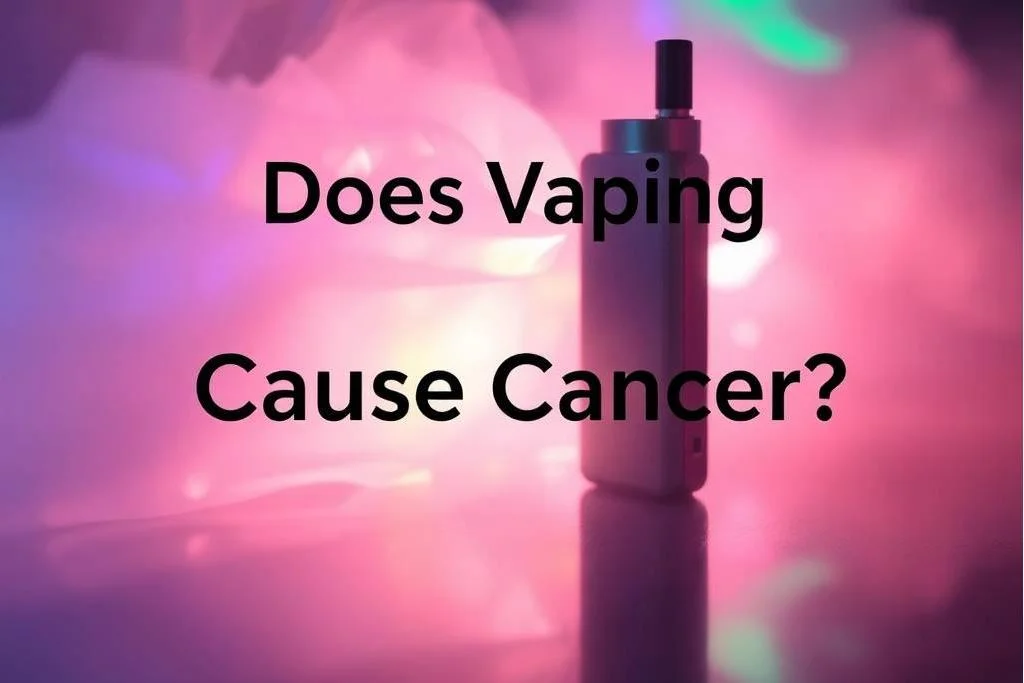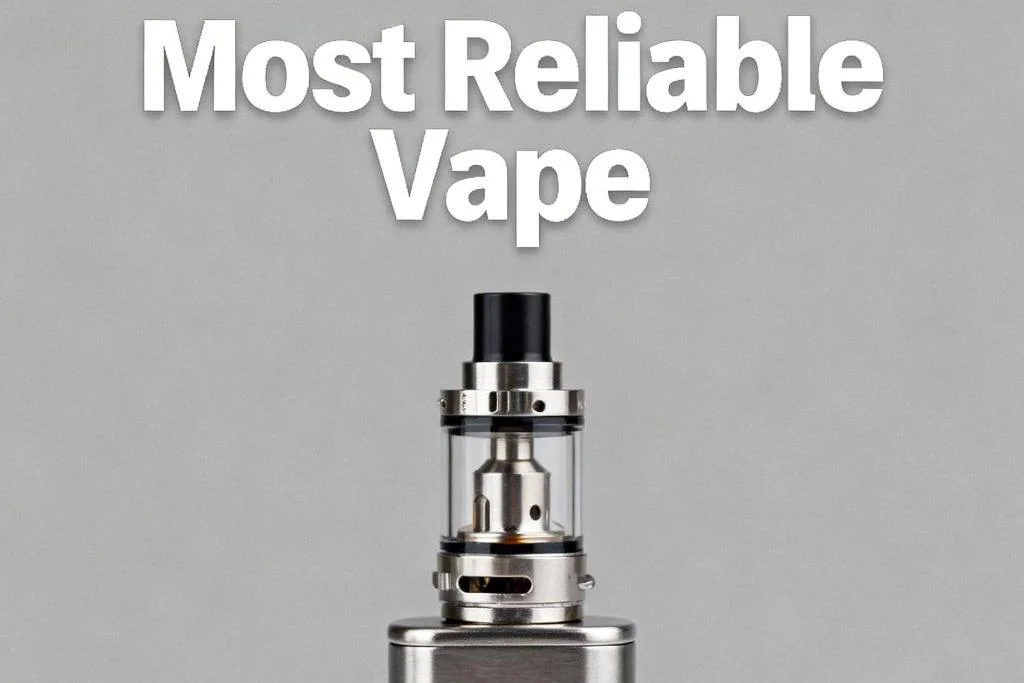Does Vaping Cause Cancer?
As vaping continues to gain popularity among adults and teens alike, many are left wondering: does vaping cause cancer? This guide aims to provide a clear, research-based explanation to address that question, focusing on current scientific evidence, expert opinions, and regulatory perspectives. Whether you're a concerned user or a curious observer, understanding the health risks associated with vaping is critical.
What Is in Vape Aerosol?
Vape aerosol, often mistakenly called "vape smoke," is produced by heating e-liquids. These typically contain:
- Nicotine (in varying concentrations)
- Propylene glycol and vegetable glycerin (as carriers)
- Flavoring chemicals
- Heavy metals (like lead, nickel, and tin from device components)
- Volatile organic compounds (VOCs)
- Tobacco-specific nitrosamines (TSNAs) – known carcinogens found in tobacco products
While not all of these are present at the levels found in combustible cigarettes, many still pose serious health risks, including cancer-causing potential.

Does Vaping Cause Cancer?
There is currently no definitive evidence that vaping directly causes cancer in humans—but research is still in its early stages. Here’s what science says so far:
1. Carcinogens in Vape Aerosol
Laboratory studies have identified several cancer-causing chemicals in vape aerosol, including:
- Formaldehyde
- Acetaldehyde
- Acrolein
- Benzene
These substances have been linked to cancers such as lung, bladder, and oral cancers in traditional cigarette smokers.
2. Toxicity of Flavoring Chemicals
Some flavoring agents (e.g., diacetyl, cinnamaldehyde) can cause DNA damage and oxidative stress—both of which are known contributors to cancer development.
3. Early Animal and Cell Studies
Studies in mice and human cell lines have shown DNA damage after exposure to e-cigarette vapor, especially when nicotine is involved. This damage is a precursor to mutations and cancer formation.
4. Long-Term Evidence Is Still Lacking
Because e-cigarettes have only been widely used since around 2010, there hasn’t been enough time to observe long-term cancer outcomes in human populations. Most cancers take decades to develop.
Comparing Vaping to Smoking: Relative Cancer Risk
While vaping may expose users to fewer toxic substances than smoking cigarettes, it is not risk-free. According to Public Health England (now replaced by the Office for Health Improvement and Disparities), vaping is estimated to be at least 95% less harmful than smoking. However, that figure refers to overall harm, not cancer specifically.
Smokers who switch completely to vaping likely reduce their cancer risk—but non-smokers who begin vaping may introduce new risks they previously did not have.
Youth and Non-Smokers: A Special Warning
Health experts have expressed growing concern about vaping among youth. Early exposure to nicotine and toxic compounds may:
- Increase the risk of long-term nicotine addiction
- Prime the body for other substance use
- Create potential for early cellular changes that could lead to cancer later in life
What Do Health Authorities Say?
- U.S. National Cancer Institute (NCI): Vaping contains fewer carcinogens than cigarette smoke, but many toxic substances are still present.
- U.S. Centers for Disease Control and Prevention (CDC): Long-term health effects, including cancer risk, are still being studied.
- World Health Organization (WHO): E-cigarettes are "undoubtedly harmful" and pose risks to both users and bystanders.
Conclusion
Does vaping cause cancer? There is no conclusive evidence yet, but early findings raise serious concerns. Vape aerosol contains multiple substances that are known to cause cancer in other contexts. While vaping may be a less harmful alternative for smokers, it is not harmless, especially for young people and non-smokers.
FAQs
1. Does vaping increase your risk of cancer?
Yes, vaping may increase your risk of cancer, although the exact extent is still being studied. E-cigarette aerosol contains carcinogenic compounds like formaldehyde, acetaldehyde, and acrolein. While these are generally present in lower amounts than in cigarette smoke, they can still damage DNA and potentially lead to cancer over time, especially with long-term use.
2. What harmful chemicals in vapes are linked to cancer?
Vapes can release several harmful chemicals known to be carcinogenic, including: Formaldehyde, Acetaldehyde, Acrolein, Tobacco-specific nitrosamines (TSNAs), Heavy metals (like nickel and lead). These substances have been linked to cancers of the lungs, mouth, throat, and bladder in studies related to traditional smoking and early vaping research.
3. Is vaping safer than smoking when it comes to cancer risk?
Vaping is generally considered less harmful than smoking, particularly in terms of exposure to cancer-causing substances. However, “less harmful” does not mean “safe.” While vapes reduce the number of toxic chemicals compared to cigarettes, they still expose users to compounds associated with cancer development.
4. Can vaping cause lung cancer?
There is no confirmed direct link between vaping and lung cancer yet, but early research suggests potential risks. Chemicals found in vape aerosol can damage lung tissue and DNA, which may contribute to the development of lung cancer over time. Long-term human studies are needed to establish a definitive connection.
5. Has anyone gotten cancer from vaping?
As of now, there are no well-documented cases of cancer caused solely by vaping in humans. Most cancers take years, even decades, to develop, and vaping has not been around long enough for long-term data. However, emerging lab and animal studies show concerning signs of cellular damage and genetic mutations associated with cancer risk.
TABLE OF CONTENTS
- What Is in Vape Aerosol?
- Does Vaping Cause Cancer?
- 1. Carcinogens in Vape Aerosol
- 2. Toxicity of Flavoring Chemicals
- 3. Early Animal and Cell Studies
- 4. Long-Term Evidence Is Still Lacking
- Comparing Vaping to Smoking: Relative Cancer Risk
- Youth and Non-Smokers: A Special Warning
- What Do Health Authorities Say?
- Conclusion
- FAQs





